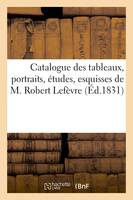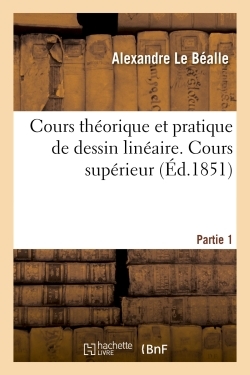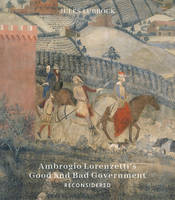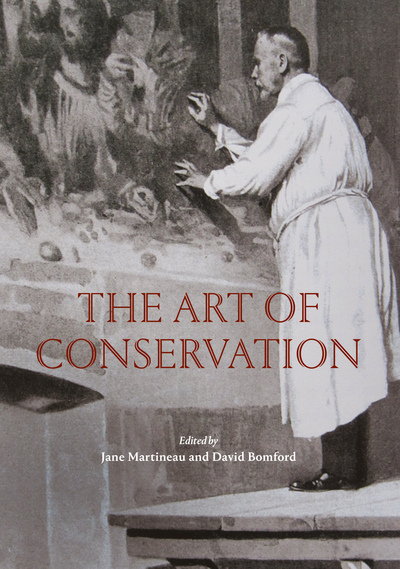The Wider Goldsmiths' Trade in Elizabethan and Stuart London
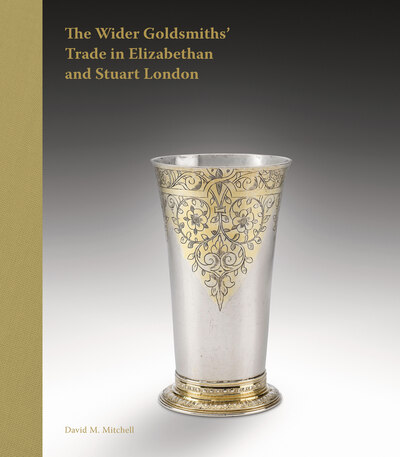
Description
The Wider Goldsmiths’ Trade in Elizabethan and Stuart London is the first book
to study all aspects of the Goldsmiths’ trade. It challenges the assumption
that the manufacture of silver plate and gold jewellery was the company’s
only activity during the seventeenth century. It considers allied trades such as refining, wiredrawing, and the making of small-swords and watches, as well as the development of the modern banking system.
On Elizabeth I’s accession, England was essentially a ‘third world economy’, with exports mainly of wool, unfinished woolen cloth and some minerals, whilst imports consisted of a great range of goods including luxuries such as silks, fine linens, and even scissors. By the end of the seventeenth century, the situation was transformed: a burgeoning maritime trade with many parts of the world enabled the import of raw materials as well as some luxury goods and a wide range of exports which included certain goods produced in London with an international reputation for quality, such as beaver hats and mathematical instruments. Throughout the period, religious refugees and economic migrants brought their skills and knowledge to England.
At the Restoration, Royalists returning to London from the Continent introduced French and Low Country fashions in dress, manners, cuisine and dining practice.
Refining, wiredrawing, and the making of plate, smallwares and jewellery were at the heart of the trade and of concern to the Goldsmiths’ Company that had responsibility for ensuring that the correct alloys were used for silver and gold wares. This was not always the case for clocks, watches and swords. Nevertheless, they
are included in this study as several members of the Company were instrumental in the development of clock and watch making in the city. Towards the end of the seventeenth century, the great increase in the sale of watches with gold and silver cases forced the Company to become involved in the control of this trade. Similarly, after the Civil Wars, the wearing of the small-sword by all those with aspirations to gentility gave rise to a demarcation dispute between the Goldsmiths’ and Cutlers’ Companies. Further, during the Commonwealth, goldsmith-bankers developed the clearing system which led to modern retail banking.
This book considers the wider Goldsmiths’ trade against dynamic changes: the organization and control of its branches and the design, manufacture and sale of its wares. The twelve chapters cover a range of topics – from history and context, to the various branches of the trade.
Détails
Auteur: David M. Mitchell
Editeur: Paul Holberton Publishing
Format: Relié
Presentation: Relié
Date de parution: 19 Avril 2024
Nombre de pages: 432
Poids: 2000
Dimensions: 25,1 x 28,8 x 4,2
Prix publique: 90,00 €
Information complémentaires
Classification: Arts et Beaux livres > Arts décoratifs
Code Classification: 3667 > 3697
EAN-13: 9781915401076
Pour modifier cette fiche vous devez être connecté:
Se connecter:
Où trouver ce livre:

(Liste non exhaustives de librairies ayant ce livre en stock (actuellement 3400 librairie référencées dans notre annuaire). Vous êtes un professionel du livre et souhaitez figurer sur cette carte ? Contactez nous ! )
Vous pouvez également vous raprochez d'une librairie proche de chez vous:


